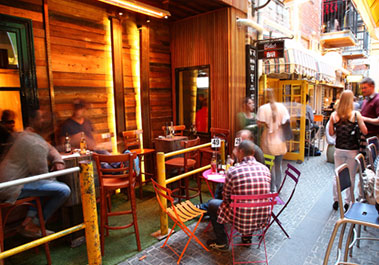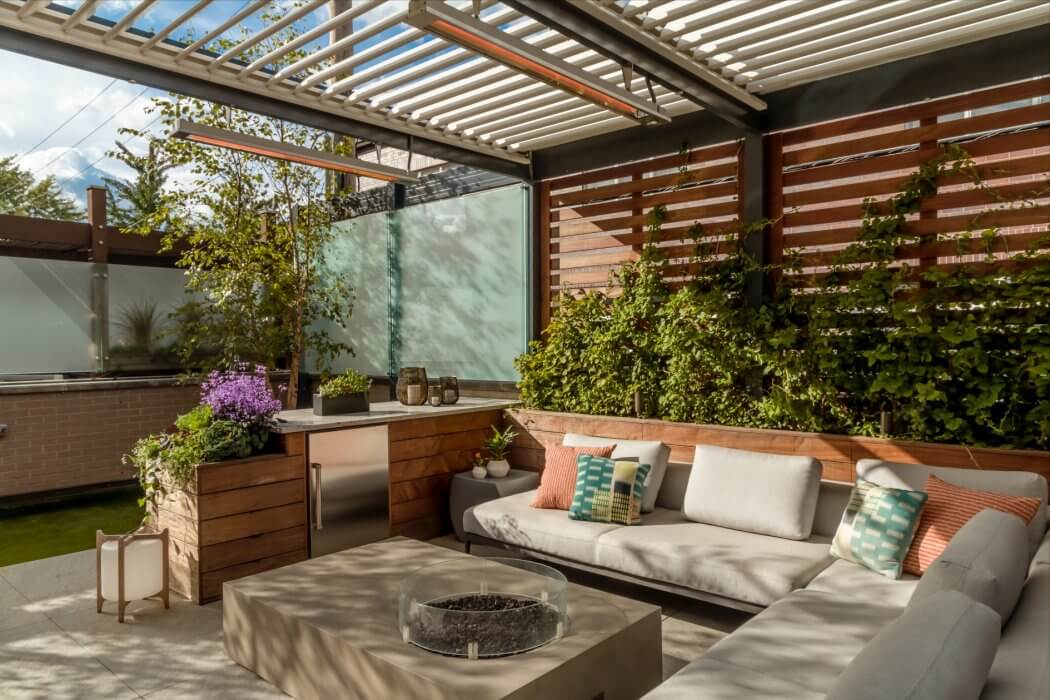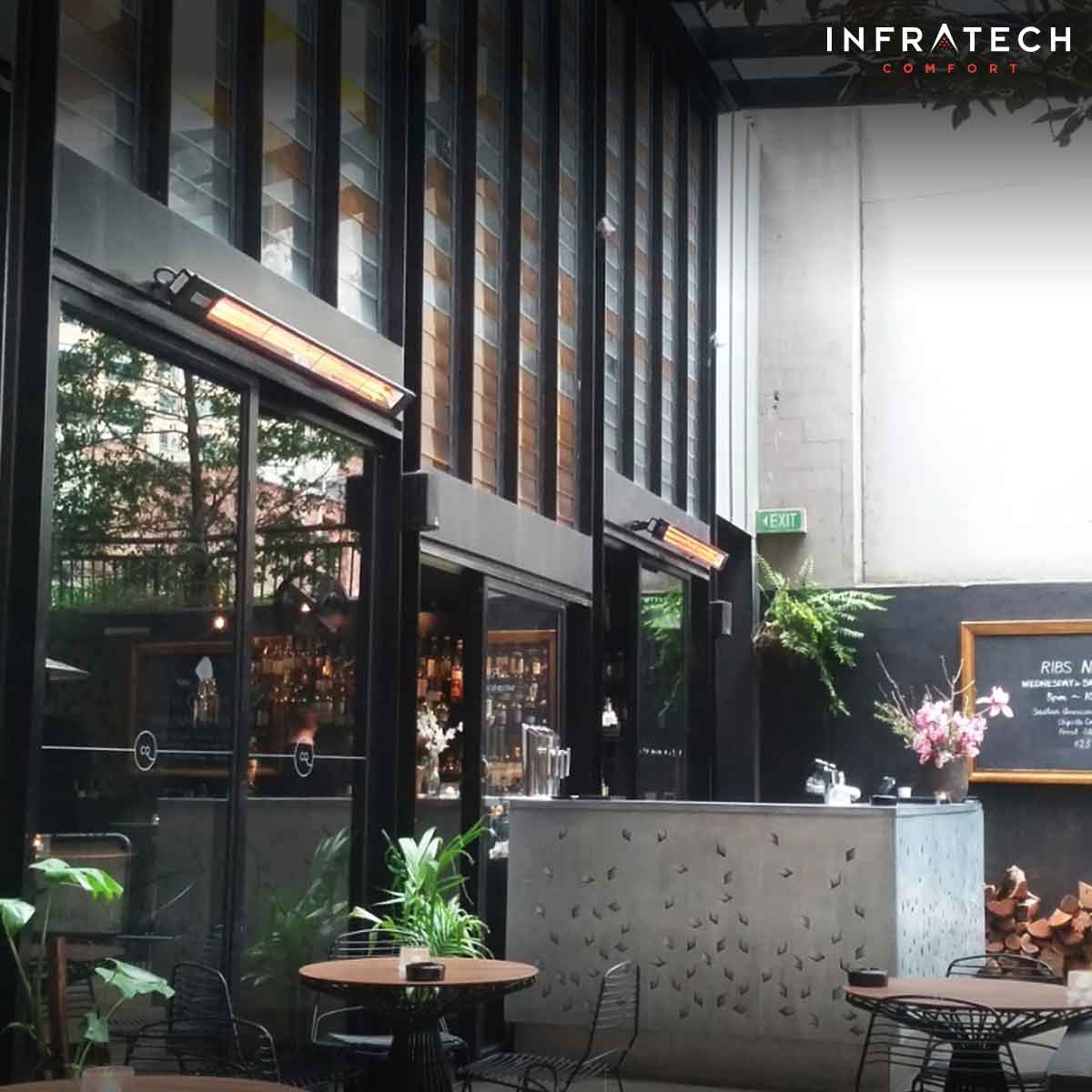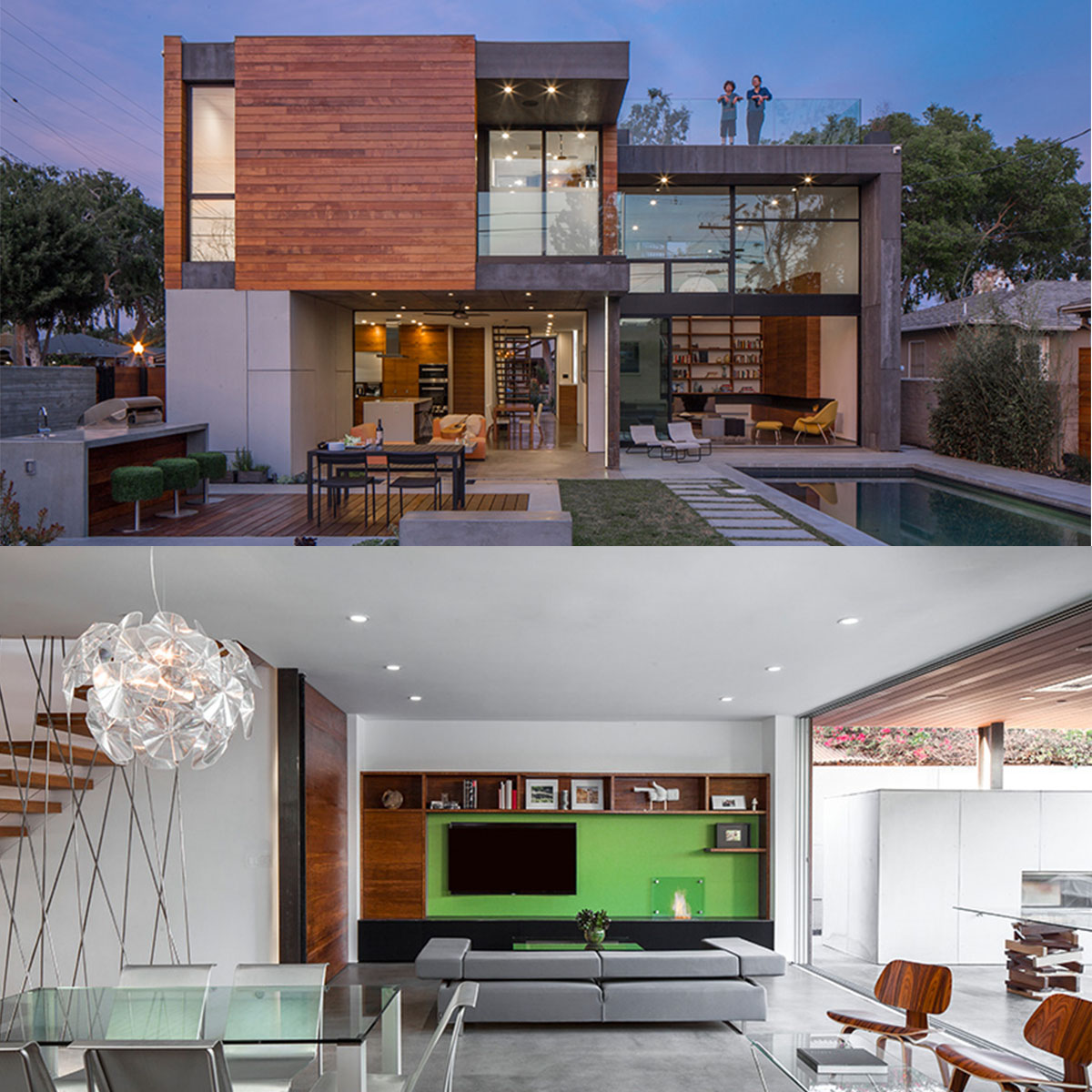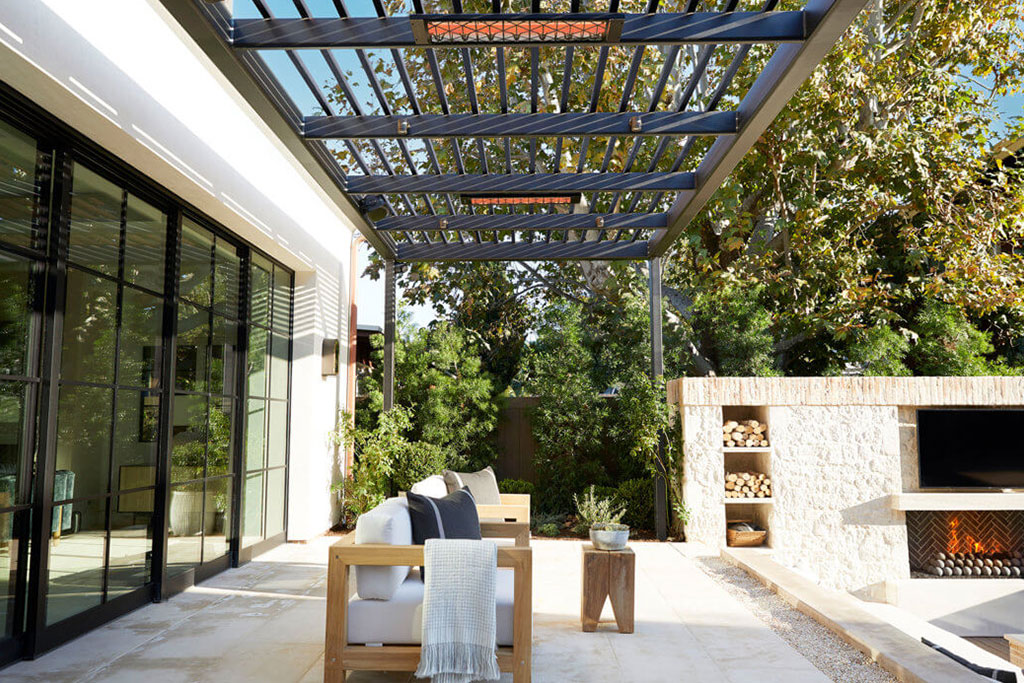Outdoor heating in your home
Outdoor heating has become a key feature of turning our outdoor area into a second entertaining hub. It allows for the family and guests to comfortably enjoy the outdoor area all year round. The heat of a good quality infrared heater will heat objects and people, not the air. The way we can mount the heater has also changed to reflect contemporary designs. They can be flush mounted, wall mounted, pole mounted or ceiling mounted.
How to choose your heater mounting preference
When we think of outdoor areas, we only think of the one we are looking at in our own house. For example, if a pergola only has the exposed beams and pitched roof, you would have the choice of pole mounting the unit, although you would have at least one wall in the structure, which would allow for wall mounting, but is this where your dining or sitting area is? If not, this would not make much sense.
If your structure had a built in ceiling, this would allow you to flush mount or ceiling mount the unit. However if you were renovating or build a brand new building, you may work the entire design around heating the area.
Why choose infrared heating?
The surface area infrared radiant heating can cover is much more than other heating options. This type of mounted heating can reach up to 4 X 5 metres. An Infrared choice of installation allows for improved presentation, better safety measures, seamless integration and a non invasive presence. Infratech infrared heaters have become the choice of architects, designers, engineers and people wanting quality reliable heating for their outdoor area.
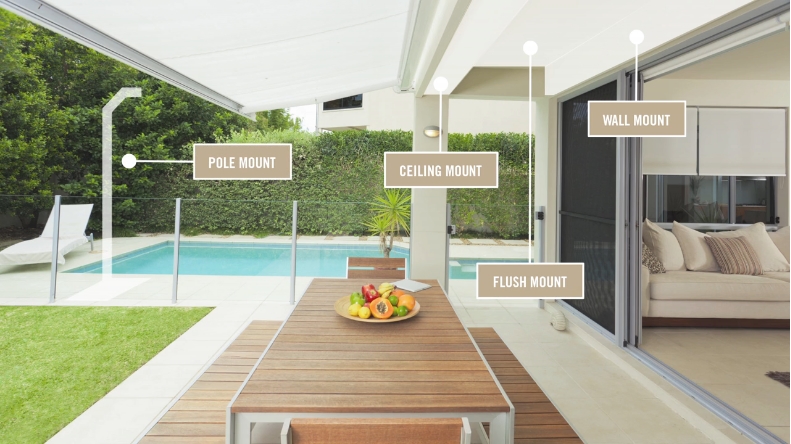
Flush mounted heaters
Flush mounted means the installation is flat with the surrounding area. Flush mounting can be applied to any W series or WD series Infratech heater. This form of installation has become one of the most popular for its minimalist look and versatility. It provides a low profile heating solution that blends seamlessly into the outdoor design. They are easy to install and can have with exposed edges or partially exposed with plaster. It is preferable and more cost effective for flush mounting to be incorporated in the design stage of a build but can also be achieved after build. The design and installation combination of an Infratech heater provides a range of choice for the customer.

Wall mounted heaters
Wall mounted heaters are installed exactly as described, on the wall. This method is also popular because if you have a curve or slope on the mounting surface, the heater cannot be flush mounted so wall mounting is the next best option. It also allows for an after build addition to the area. A wall mounted installation does not require any cutting in to the existing structure. It merely requires a mounting plate with screws.

Ceiling mounted heaters
Ceiling mount, as described is when the heater is installed on the ceiling. Flush mounting is when the heating unit is “flush” with the surface of the ceiling, effectively recessed into the ceiling. With ceiling mounting, the heating unit sits away from the ceiling and held in place with specialist brackets. It is important to have the seating design of your area worked out. There is no use installing the unit/s then having your seating area elsewhere. Equally, there would be little point having a heater mounted over your BBQ area.
Even though Infratech heaters (depending on the size) have quite a large heating radius, you will get optimum usage from the unit if you are sitting underneath or around the area where the heaters have been installed. Because of the advanced technology of Infratech infrared quartz heating, this style of radiant heat warms objects e.g. people and furniture. It does not simply rise and heat the air as many heating products do, so it is important to design the entertaining area accordingly.

Pole mounted heaters
Another popular mounting option. This is especially so for commercial applications. Infratech heating is often the choice of pubs, hotels, cafes, outdoor eateries, resorts, conference centres, the automotive industry and the list continues.
Sometimes with these sort of structures, there are not always walls dividing areas but there are often poles holding those structures up. For example, large pergola areas built for outdoor eating require beams to support the structure. Similarly, permanent canopy like structures for outdoor entertaining at resorts also require load bearing beams for support.
Pole mounted heaters also allow for closer proximity to the heater. This will allow for optimised heating of patrons in a seated area.

